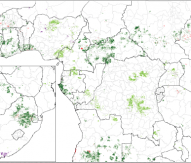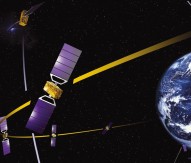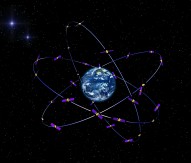
Astronomers discover “Uranus-like” planet
Funding from the European Research Council has helped to discover an ‘ice giant’ planet similar to Uranus.
The planet, located 25,000 light years away, is the first ice giant planet found in another solar system. The newly discovered planet orbits one star in a binary star system, with the other star close enough to disturb the planet’s orbit. According to Andrew Gould, professor of astronomy at Ohio State University, the find may help solve a mystery about the origins of the ice giants in our Solar System.
Commenting on the project, Gould said: “Nobody knows for sure why Uranus and Neptune are located on the outskirts of our Solar System, when our models suggest that they should have formed closer to the Sun. One idea is that they did form much closer, but were jostled around by Jupiter and Saturn and knocked farther out.
“Maybe the existence of this Uranus-like planet is connected to interference from the second star. Maybe you need some kind of jostling to make planets like Uranus and Neptune.”
The binary star system lies in our Milky Way galaxy, in the direction of Sagittarius. The first star is about two thirds as massive as our Sun, and the second star is about one-sixth as massive. The planet is four times as massive as Uranus, but it orbits the first star at almost exactly the same distance as Uranus orbits our Sun.
Radek Poleski, postdoctoral researcher at Ohio State University, led the research project. The investigation also received funding from the Polish Ministry of Science and Higher Education, the National Research Foundation of Korea, and the National Science Foundation, amongst others. The discovery is detailed in a paper appearing online in The Astrophysical Journal.






